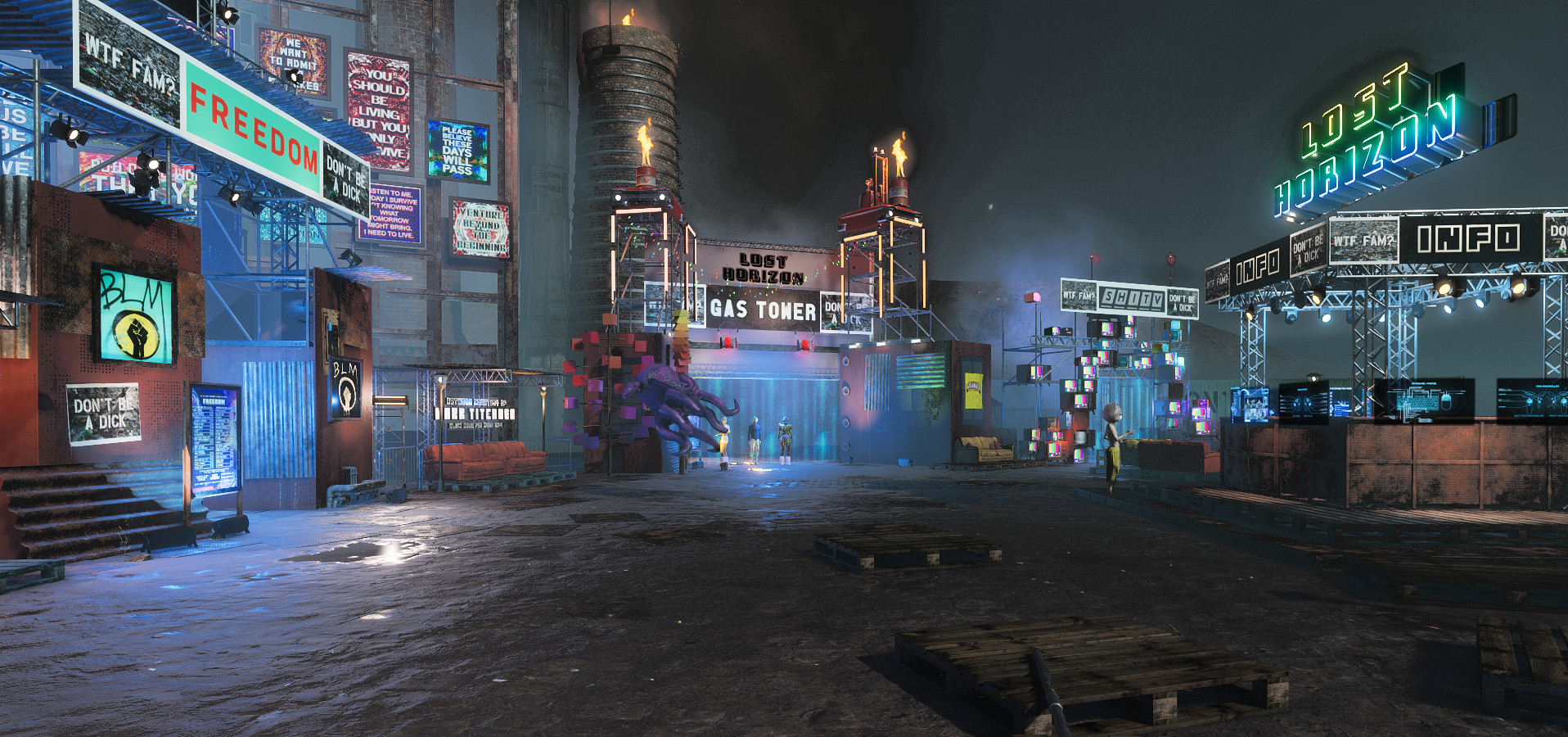
Later this month an Atlas V launch vehicle should depart Canaveral Air Force Station at the start of what will be a 6+ month cruise to Mars for its payload, the Mars 2020 rover Perseverance. A twin to the Mars Science Laboratory (MSL) rover Curiosity that has been operating on the red planet since 2012, the Mars 2020 vehicle carries a range of updated systems and a science package designed, among other things, to investigate the possibility of past life on Mars, and the potential for preservation of biosignatures within accessible geological materials.
I’ll have a lot more to say about the rover – already nicknamed “Percy” in some circles – but here I’d like to focus on the rover’s travelling companion, Ingenuity, the perfectly named Mars helicopter.
Weighing just 1.8 kilogrammes, Ingenuity will make the trip to Mars mounted on the underside of Perseverance, where it will sit until such time in the rover’s surface mission – probably around the 60-day mark – will hopefully be in a position to deploy the helicopter ready to undertake up to five flights under its own power.

The helicopter is very much a proof-of-concept vehicle, but if it proves successful, it will pave the way for future helicopter drones to assist in Mars surface missions. Such drones could, for example, be used to provide better terrain images and mapping when planning routes for future rovers to take, scout locations that may be suitable for more detailed study by rovers, and even undertake the recovery of samples obtained by other missions and left for collection, and return them to the craft that will carry them back to Earth for analysis.
Such future helicopter systems would likely be larger and heavier than Ingenuity, and capable of carrying their own science packages for use for studying things like the atmosphere around them. Further, their use is neither restricted to automated missions or to Mars. There is no reason why, if successful, Ingenuity shouldn’t pave the way for helicopter drones that could be used in conjunction with human missions on Mars, or in automated missions to Titan.
First, however, Ingenuity has to safely get to the surface of Mars – and that means experiencing the same “seven minutes of terror” of the entry, decent and landing (EDL) phase of the rover’s. mission. After that, it has to survive 60 days slung under the rover’s belly, with just 13 centimetres clearance between its protective shield and whatever is under the rover before it is liable to be a a location where it can be deployed. And then the fun begins.

Ingenuity has to be placed on ground that is relatively flat and free from significant obstacles – an area roughly 10 metres on a side. The shield protecting the helicopter will then be dropped by the rover at the edge of the location, and checks will be made to confirm the shield has fallen clear of both helicopter and rover and that the helicopter’s systems are in working order, a process that will take several days. After this, the rover will be commanded to roll forward several metres in readiness for actual helicopter deployment.
After this, the actual deployment process can commence. Due to its shape, the helicopter is stowed on its side under the rover, relative to the ground. This means the locking system that holds it in place must be released to allow the helicopter to drop through 90º, bringing two of its landing legs parallel to the ground. The remaining two legs will then be released to drop and lock into position, a the helicopter itself released from its restraining clips and literally drops down to the ground, and the rover drives clear, leaving Ingenuity to go through final checks head of its first flight.
The reason the helicopter is carried horizontally under the rover is because its rotor system makes it taller than it is wide, and the engineering team didn’t want to complicate the design by making it such that rotors would have to be unpacked / unfolded / deployed; they are instead ready for use once the helicopter is upright.
Ingenuity has two contra-rotating main rotors, one above the other. These not only provide lift and motion; the fact that they are contra-rotating means they each cancel the torque they would each induce in the helicopter’s body, something that would otherwise require a tail rotor to prevent it from also spinning when flying.
Once ready to go, Ingenuity is expected to fly up to five times, as noted, reaching heights of between 3 and 10 metres and potentially covering 300 metres per flight. Data from each flight will be shared from the helicopter and the rover using the Zigbee wi-fi low-power communications protocol, with Perseverance acting as the helicopter’s communications relay with Earth. Cameras on the helicopter should also provide the first ever bird’s eye view of low-level flying above Mars.

Continue reading “Space Sunday: helicopters, craters and a sunny ISS”






